Al Yamamah University is becoming one of the leading universities in Saudi Arabia
Saudi Arabia is a growing nation. Statistics show that 70% of the population is under the age of 30. There is a huge demand for education. One need only look to the increasing number of universities and colleges opening up in the past 15 to 20 years to see that. Right now, the Kingdom has 28 public universities and 12 private ones, and nearly the same number of private colleges. We also have vocational training programs, and other options for military-specific training, or for medicine.
Interview with Prof. Hussein M. AlFreihi, President of Al Yamamah University
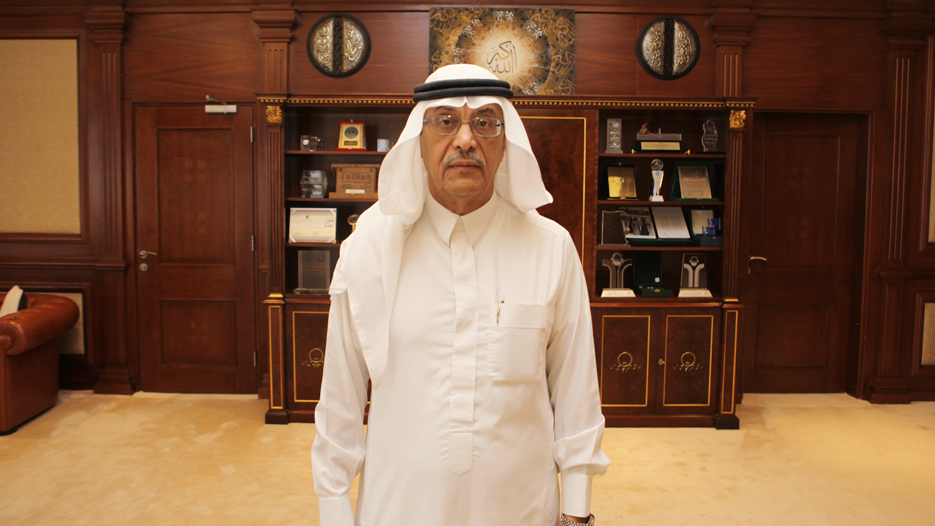
There has been quite the stir regarding the 2015 budget. Authorities have allocated almost 57.8 billion dollars to education, a 3% increase over previous years. Now, a quarter of the budget is going towards education. Which reforms should policymakers focus on, in your opinion?
Saudi Arabia is a growing nation. Statistics show that 70% of the population is under the age of 30. There is a huge demand for education. One need only look to the increasing number of universities and colleges opening up in the past 15 to 20 years to see that. Right now, the Kingdom has 28 public universities and 12 private ones, and nearly the same number of private colleges. We also have vocational training programs, and other options for military-specific training, or for medicine.
We cannot develop properly as a country without raising the standard of education, particularly in the sciences– engineering and computer sciences, for example- as well as in vocational training. Investment in education and in health sciences will prove very rewarding.
Investment in education and in health sciences will prove very rewarding.
As it stands, the Kingdom employs about nine million expatriates. The only way to reduce the number of expatriates in the workforce so that we can begin to rely on Saudi nationals is to invest in education. It does not surprise me, then, that the government has allocated such a substantial amount of its resources to education; the government is committed to a high standard.
Other examples– countries such as South Korea or Singapore– have demonstrated that investment into the sciences is key to future competitiveness and success. Right now, Saudi Arabia’s economy is dependent on oil exports for more than 80% of the government’s revenue. Oil is a commodity. We have to prepare ourselves for the future, for a knowledge-based economy, and the only way to do so is through education.
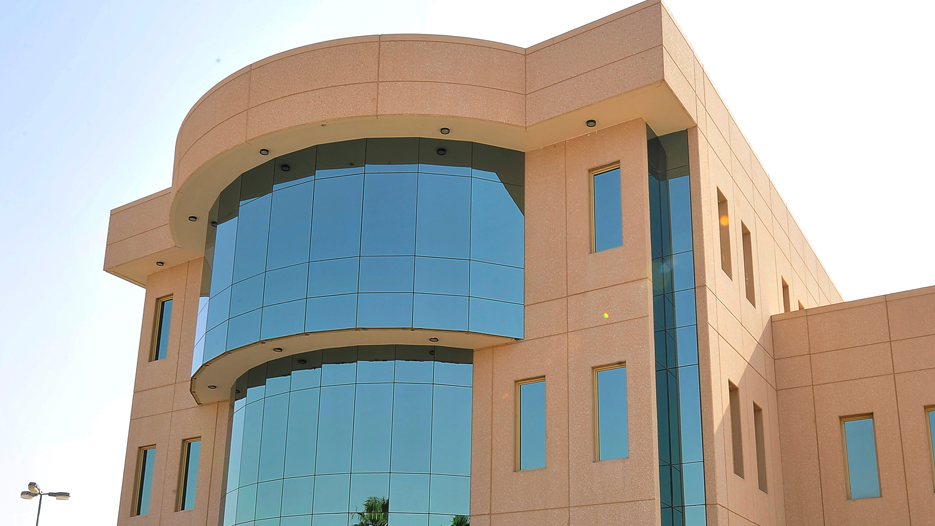
The government has already invested in infrastructure. Everywhere in Saudi Arabia new roads, bridges, hospitals, airports, metro systems, factories, etc. are being built. Development must be balanced. Investing in these structural elements goes hand in hand with the investments now in education. Both go towards achieving the government’s objectives in terms of being more or less independent and having a sufficient labor force to cater to all of the country’s needs.
There are almost 200,000 graduates entering the workforce every year, and opportunities in the private sector are rather limited. Do you think that the market is ready to absorb these graduates?
There might be a need for re-orientation and re-education of Saudi graduates. Of those nine million expatriates, many are in construction but a good number are in the health sciences and in universities. The faculty of private universities is comprised of 80-90% expatriates. In government-run universities- public universities that is- that number hovers around 50% in the bigger cities but again, go towards to periphery and that number rises back up to about 80%.
We are beginning to see some changes. Numerous efforts have been made to address this issue. For example, Imam University only used to offer concentrations in Arabic literature and Islamic science, but it now includes departments of medicine and computer science.
This is evidence that the government and specifically the Ministry of Education have shifted priorities in response to the needs of the labor market. Meanwhile, the private education sector, certainly benefits from the fact that expatriates cost less, are generally well-prepared and experienced, and perhaps perform better.
The government has to create an environment in which it makes sense to employ Saudis, and then enforce this in its employment regulations. It is a matter of ensuring that these programs are not graduating more students than the market can support. The government is now beginning to monitor and address these things.
The majority of Saudi higher education is offered through public universities. How do private universities fit into the overall picture of education in Saudi Arabia? Should private universities be given a freer hand, as in the United States?
If you look at the history of higher education in the Kingdom, it has only been since 2000 that the government decided to allow public investment in education. Since then, more than 12 private universities and around 20 private colleges have been founded.
Since then, more than 12 private universities and around 20 private colleges have been founded.
The number of students in the private higher education institutions is increasing, but the fact remains that private institutions are, of course, not free while the public institutions are; to a certain extent public institutions even give incentives to their students on a monthly basis, meaning that there are naturally more students in public education.
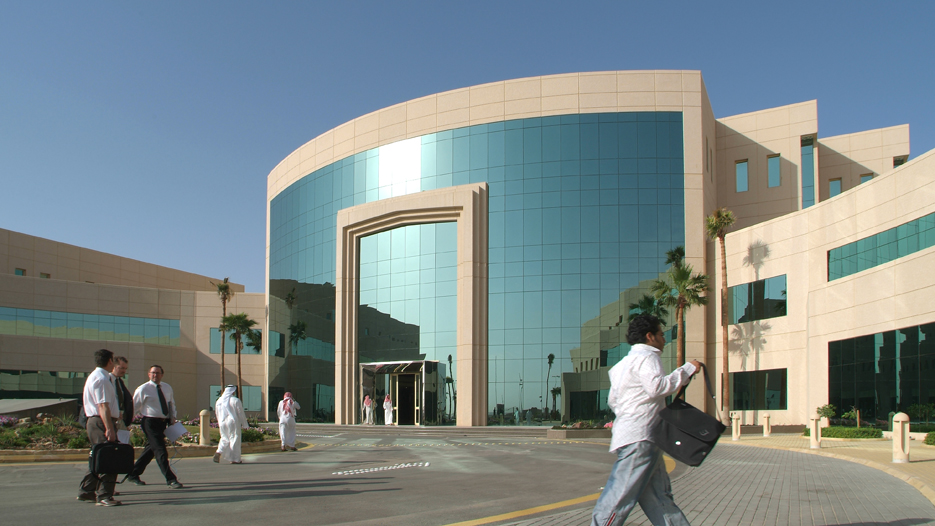
In the long run, the private education sector should expand, and should be supported, but unless private universities prove their quality, superiority, and competitiveness, there is no place for them in this huge field of public universities. The private sector is quite competitive. Only 14 universities have been accredited by the National Commission for Academic Accreditation & Assessment, nine of which are private, and five public.
Graduates of the private schools are fluent in foreign languages, particularly English, and they are mastering technology, particularly those from Al Yamamah University. That university hosts the Microsoft Innovation Center, which equips these students with technical know-how. Furthermore, the university boasts two financial research labs to prepare the students for the banking profession and for capital markets jobs and the like. These labs are connected with Bloomberg and the Associated Press.
The private institutions provide a different kind of education. At Yamamah University, the number of students per class is limited. We believe in education via case studies and projects, and we make it compulsory that the students complete internships of four to seven months’ length.
All these programs and initiatives lead to superior results, and all of this supports the existence and the future of private schools. As with the United States, Saudi Arabia will one day boast private universities that compete with the public universities. Private higher sector education should slowly take on a larger proportion of the education load in the Kingdom.
The private institutions, however, must focus on quality. That is the only way for private education to survive in the long run, and to compete with the public education sector.
How different is Al Yamamah when it comes to educational offerings?
We were established in 2002 and started off as a business college in 2004. In 2008, that college became a university when programs in computer sciences and information systems were added to the College of Business. Now in 2015, the university offers also architecture, interior design, and law, so there are five major programs.
Now in 2015, the university offers also architecture, interior design, and law, so there are five major programs.
The College of Business has eight concentrations and the College of Computer and Information Systems has five concentrations. The founding principle is to deliver the highest standard of education. The university has a very rigorous process of evaluation. The dedicated committees vigorously evaluate the graduates, the curriculum, and the staff, and we dismiss staff if we believe they are not meeting our standards.
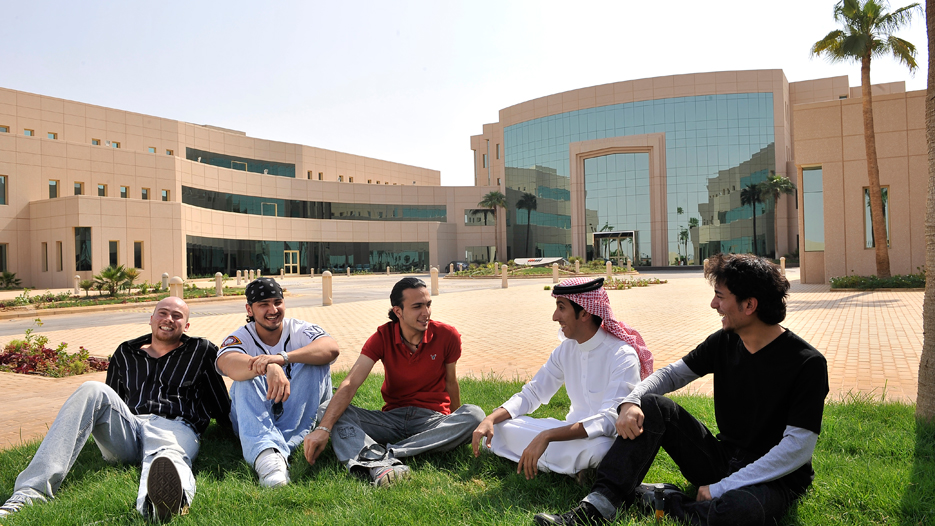
Al Yamamah University has a few key international partnerships with a number of universities. The most important ones are joint programs with international universities, such as the Grenoble Graduate School of Business and INSEEC in France.
Many of the students also attend international schools during the summer: for example, the University of California at Irvine, or they go to Munich, Germany, or to British Columbia. Our graduate students have enrolled successfully in a number of universities, like Stanford, which is among the highest-ranked universities in the United States.
The university ranks very high on this parameter. The graduates are quite capable of finding high-paying jobs, which is evidence of the quality of our graduates. And this is good for the labor market as well, to invest in these graduates; that will be the only assurance that your business will survive in the long run.
Al Yamamah is striving to maintain high standards, pushing for quality. We conduct surveys with our students on a regular basis. Our graduates rank among the most highly-desired in the Kingdom of Saudi Arabia.
We know that we can always improve, and are continually improving our standards. Hopefully we will meet international standards of excellence. That is certainly the aim.
Are you seeking out any international accreditation?
Since we obtained the Saudi accreditation in 2015, the strategy is to obtain more international accreditations as well as local and regional program accreditations. For 2015-2016, the university will apply to ABET, which is an American accrediting body for programs related to computing. We are also applying to NAAB for our architecture and interior design programs and AACSB for our business programs.
It is paramount to get recognition for the standard of teaching, and we are confident that we will be approved.
Until this year, we had been focused on receiving local accreditation, which was a multi-year process that culminated in our successfully being recognized. As the process was quite involved, and this was our chief concern until we were notified of our recognition.
The final evaluating committee spent one whole week at the institution. They were all international experts, expatriates from the States, Canada, Britain, and Australia. They came from very well-known universities but the committee was independent. They judged our university in a very realistic and objective manner, and it was based on their evaluation that we were accredited. Only 13 other universities in this country can say the same.
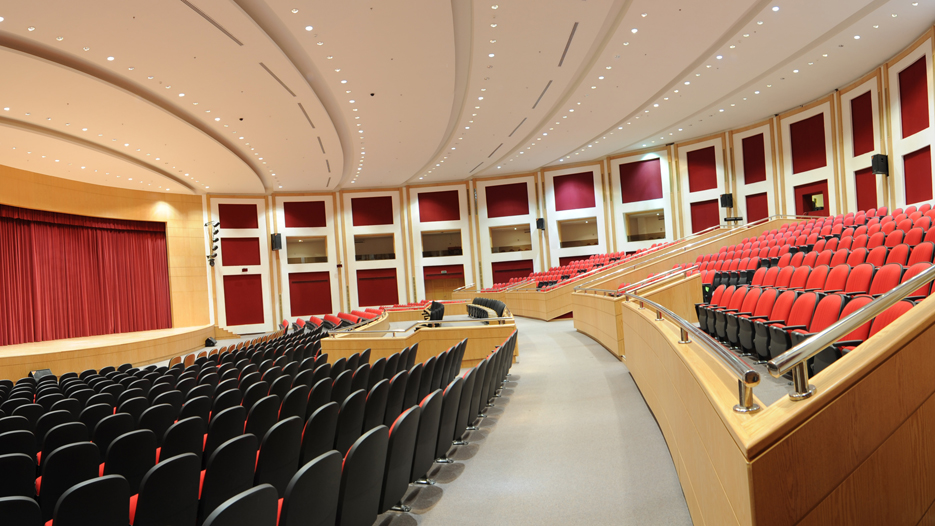
What about your enrollment numbers in terms of your ranking among private universities?
The university has limited capacity, and only the five programs: business, computing, architecture, law, and interior design. The main language of instruction is English, which is an advantage in the job market. The enrollment numbers are satisfactory.
Local grants have been delayed or suspended so far this year, but the university has not been substantially affected. The admission process is rigid and many applicants are rejected. The university is looking to accept the best high school graduates. At the moment, we are at full capacity.
How many students do you have at present?
There are currently three different set-ups. The one-year diploma track has around 50 students; that program used to be bigger, but government scholarships have been cut back. Then, the university offers the bachelor’s degree, with about 1,500 students. That is the bulk of our student body. We also offer three master’s degree programs in business; we have 150 students in those programs. The enrollment is sufficient in terms of financing the university’s endeavors.